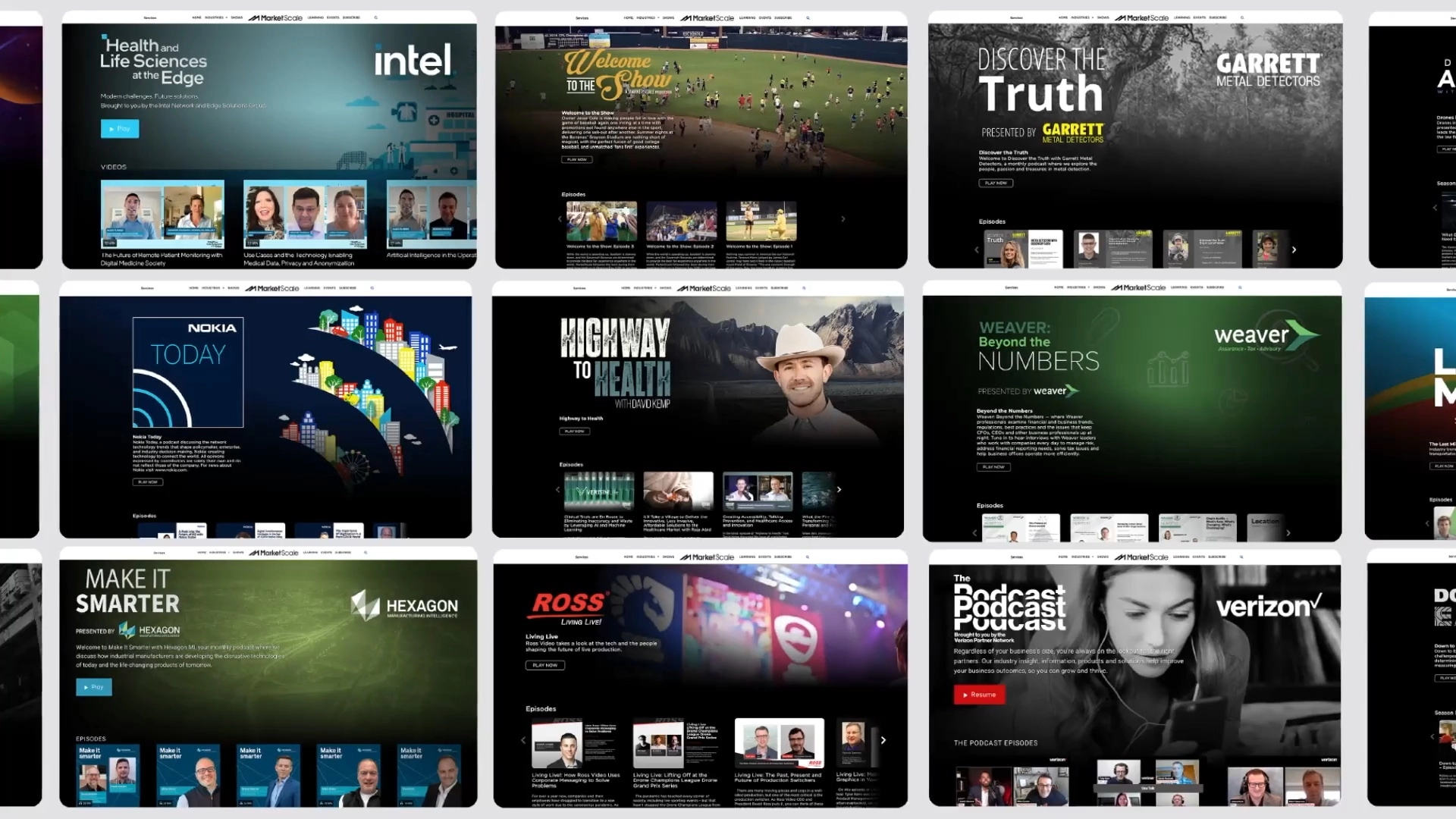Recent Posts

The Road to the Dallas 100: Improving
Daniel Litwin - July 28, 2023Fasten your seatbelts and gear up for an exciting ride on The Road to the Dallas 100! Brought to you by the collaborative efforts of Daniel Litwin, the resonating voice of B2B, along with MarketScale and SMU's Cox School of Business, we dive deep into the inspiring narratives of Dallas' fastest expanding enterprises.
Read more
Pre-Game: Normal Gets Normal Results
Jesse Cole - June 13, 2020The Savannah Bananas are a baseball team but owner Jesse Cole knows they arent in the baseball industry. Theyre in the Fans First Experience industry.
Read more






